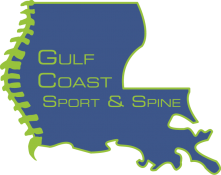News
Hit Longer and Straighter: How Chiropractics Can Improve Your Golf Game
Does your back feel stiff after a round of golf or a day at the driving range? Or worse yet,…
Read MoreCervical Spine Adjustments: The Cure for Headaches
If you have a headache, you’re not alone. 9 out of 10 Americans suffer from headaches. Some are occasional, some…
Read MoreSlip and Fall Injuries
Slip and fall injuries can happen to anyone, but especially the elderly and those who do manual labor. Taking precautions…
Read MoreWhy Car Accident Victims Should Seek Chiropractic Care
Being involved in a car accident can be one of the most traumatizing events in a person’s life, both physically…
Read MoreThe Mystery of Frozen Shoulder
Frozen Shoulder and Treatment Frozen shoulder, AKA adhesive capsulitis, is inflammation of the capsule in the shoulder joint and therefore…
Read MoreSciatica Is A Real Pain In The Butt!
Sciatica refers to pain that radiates along the path of the sciatic nerve, which branches from your lower back…
Read MoreThe Benefits of Chiropractic Care To Pregnant Patients
Chiropractic care throughout pregnancy is becoming a more accepted and more common practice utilized by expecting mothers; in fact,…
Read More






